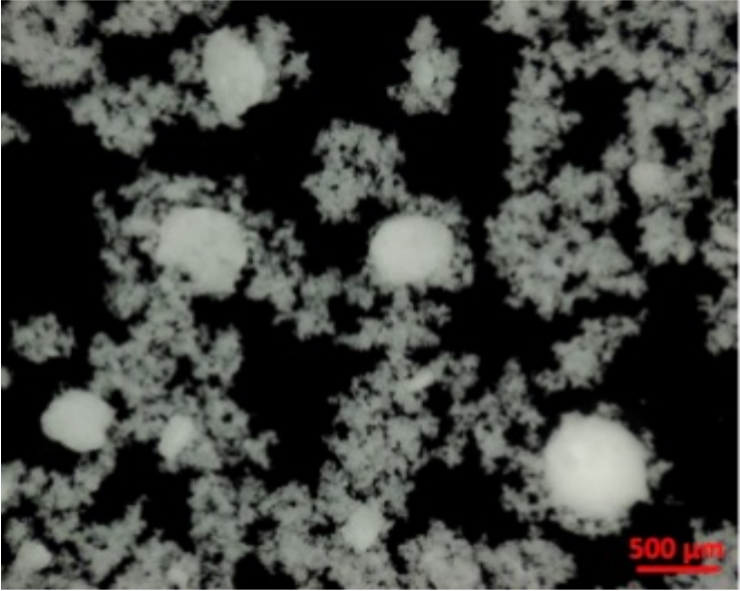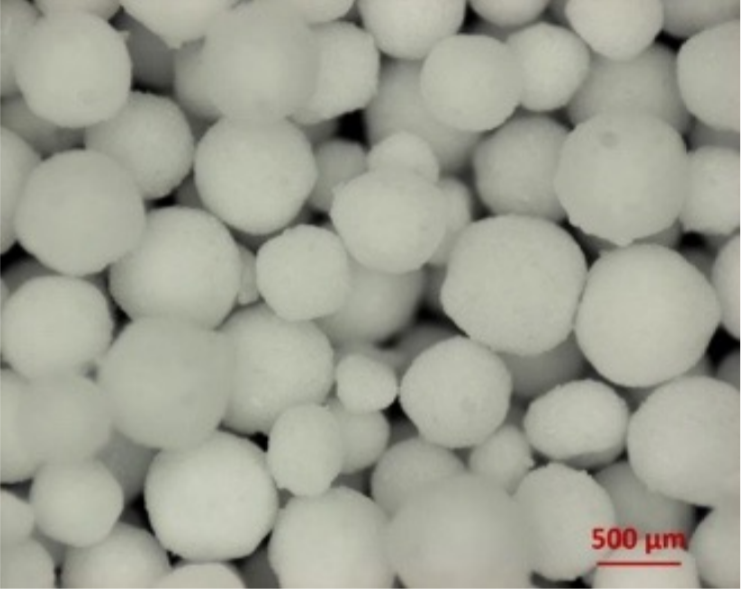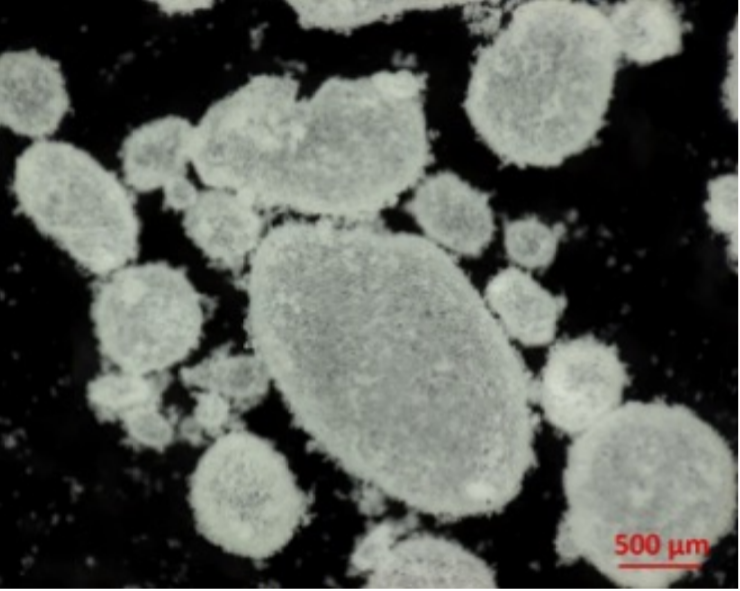Aligned Core Projects Funded by Industry
Spherical Agglomeration
University of Sheffield and University of Strathclyde, 2-year project
Developed a mechanistic understanding of spherical agglomeration (SA) process
Tested scale-up robustness and impact of using agglomerates into oral solid dosage forms on dissolution rates, tabletability etc
Evaluation of the Effects of Bridging Liquid : Solid Ratios for Formation of Spherical Agglomerates
TRANSLATED OUTPUTS: Training webinar delivered, detailed experimental report shared, workflow co-developed with the Hub research team and embedded into industry practices.
Micronised paracetamol particles suspended in heptane with water as bridging liquid
Not enough bridging liquid (<0.7)
Optimal bridging liquid : solid ratio (0.7 - 0.8)
Too much bridging liquid (>0.8), paste formed
Materials Parameterisation Database Project
University of Strathclyde
Mix of experimental and modelling work carried out to investigate whether input material properties can be used to predict compaction performance.
Developed a predictive workflow for first-pass selection of formulation for (continuous) direct compression, based on parametarisation of models using material attributes as input.




